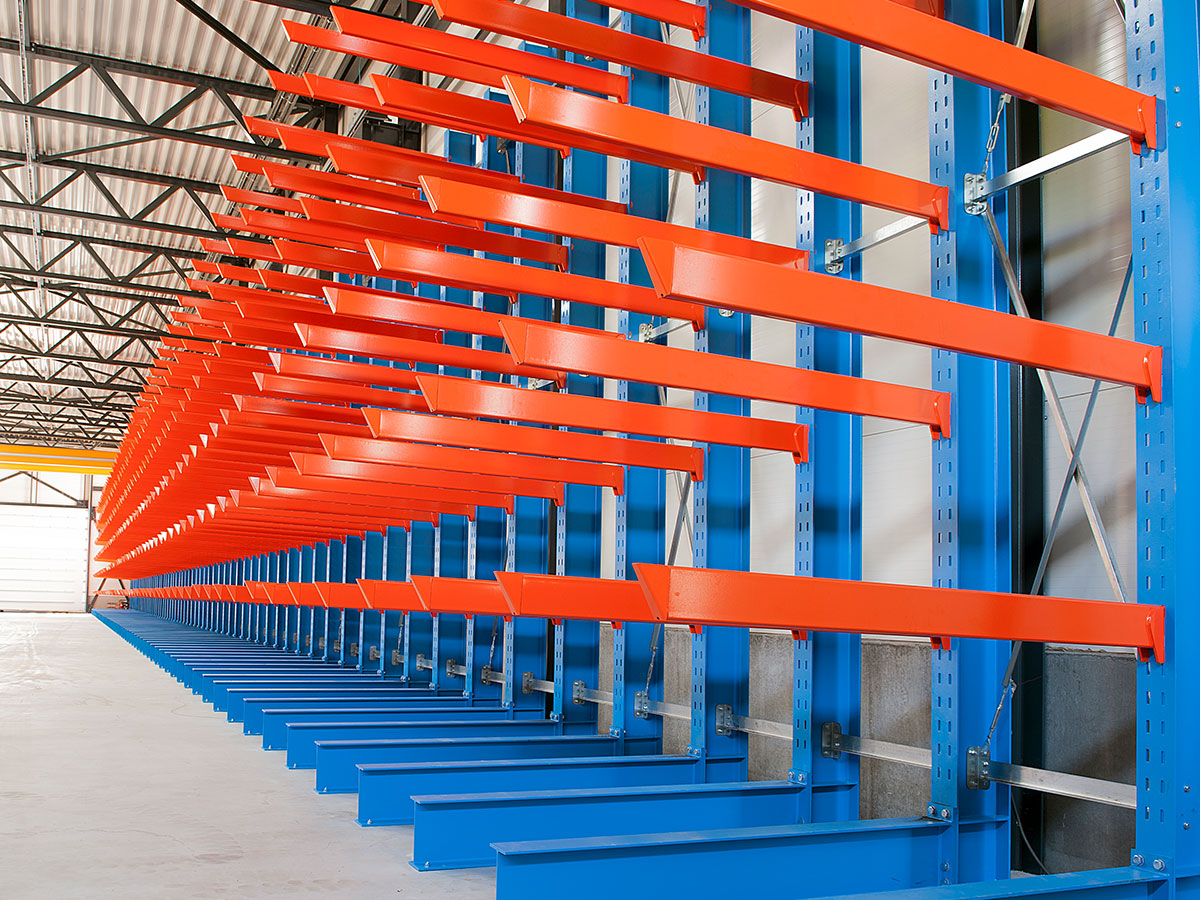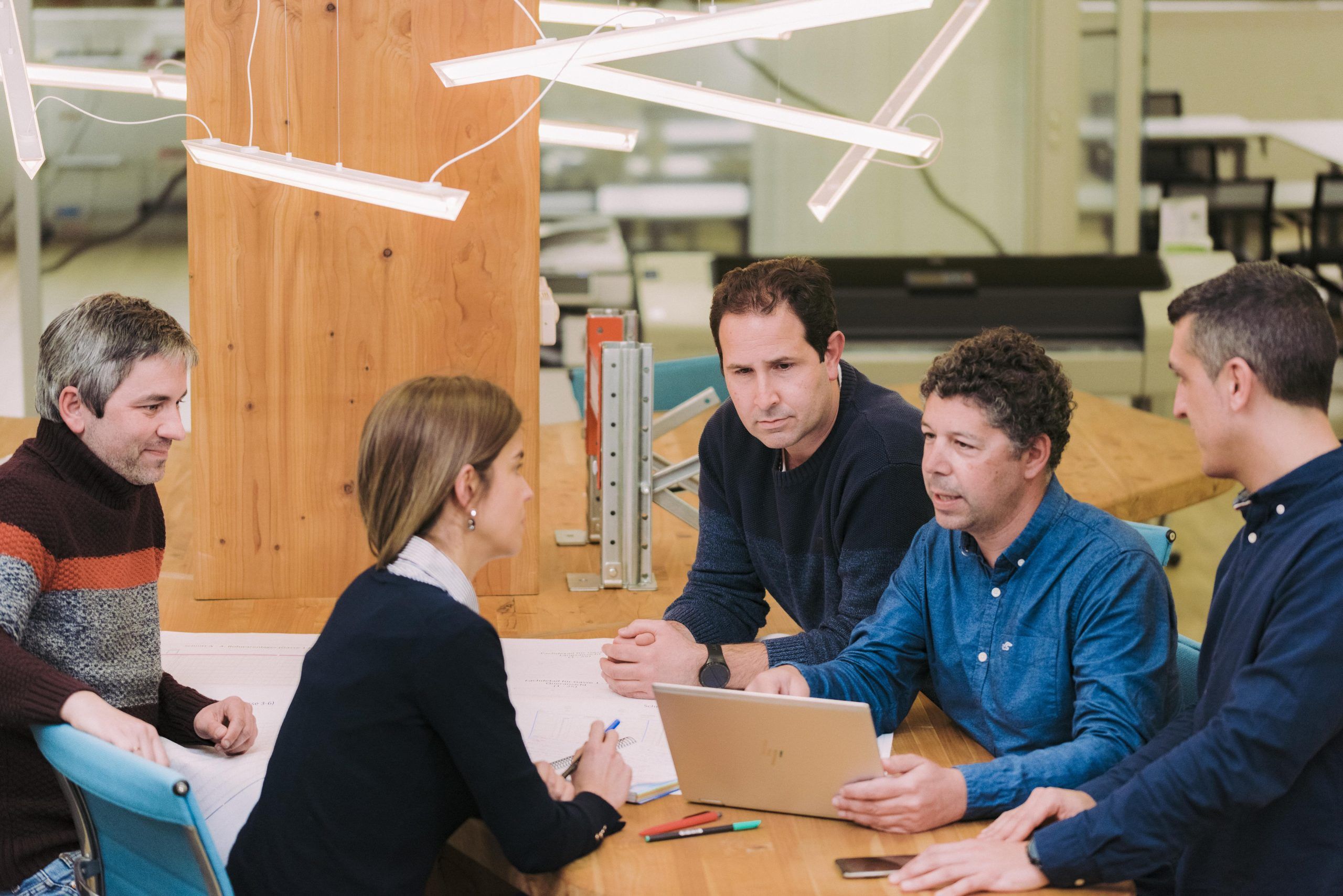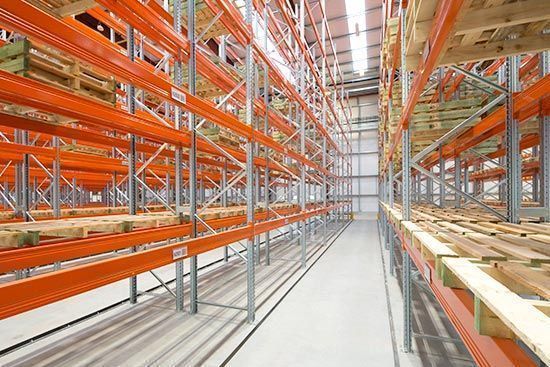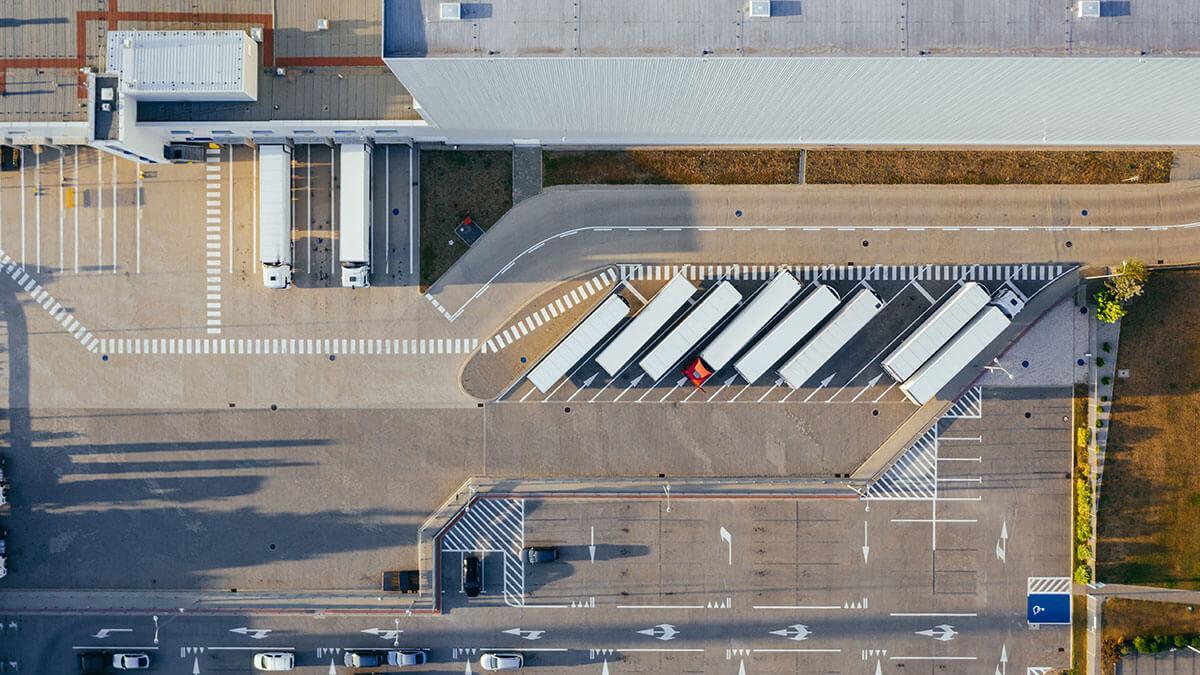We said in the supply chain post that the supply chain involves all the necessary operations for a product to reach the end customer. We defined “delivery” as the final phase of that entire chain, because it is the stage in which the product finally reaches the customer who requested and purchased it.
However, if we consider that the supply chain covers comprehensive product management, defining delivery as the final stage would not be to fully consider the entire supply chain. There is also another phase that we have not yet talked about and that is very present in the daily lives of companies and users: returns.
What is the industrial process that manages the returns stage called? Reverse logistics.
Definition of reverse logistics. What is it?
Reverse logistics is the planning and control process for the return of products from consumption or end user points to the manufacturer or distributor for their recovery, repair, recycling or disposal. Reverse logistics is therefore yet another stage of the supply chain, and occurs after the “delivery” stage.
The difference between conventional logistics, taking the goods from Origin to the End Customer, is that the process is in reverse: taking the goods from the End Customer to Origin.
Types of reverse logistics: green reverse logistics and return reverse logistics
Green reverse logistics:
This is the reverse flow in which the returned product cannot be returned to be stored and sold once again, but rather undergoes an environmentally-friendly and cost-effective repair, recycling or disposal process for the company. Reuse, repair, restoration and recycling processes are performed at the end of the green reverse logistics stage.
Return reverse logistics:
As its name suggests, this is reverse logistics related to products that can be returned to stock and made available for sale once again, such as, for example, an item of clothing returned because it was not the right size for the customer who originally purchased it.
The unstoppable rise of e-commerce has created a buying and selling scenario in which a super personalised shopping experience prevails, with demanding delivery times and the possibility of making returns without any limitations or inconvenient conditions. Offering a quick and easy returns policy for the customer means that companies have had to integrate reverse logistics processes in their supply chain, taking into account all aspects involved in that process: transport, warehouse or distribution centre able to house those goods that follow the reverse process, stock management of products returned, etc.
Customers feel more comfortable, secure and freer when they perceive that if they are not satisfied with the purchase, for whatever reason, they won’t have to worry about the product, the cost or troublesome administrative procedures.

Factors that affect optimal reverse logistics
Reverse logistics associated with returns requires specific management. Although both direct and reverse logistics initially occupy the same process as the movement of products and goods, the starting and end points are in reverse in the process, which means there are notable differences between both types of management.
To begin with, in direct or conventional logistics, product quality, quantity and management is more predictable and can therefore be planned and controlled more easily. But reverse logistics is a more demanding process for various reasons:
Product demand:
While in conventional logistics, product quantity, quality and time management can be programmed far more strictly, it is almost impossible to anticipate a number of returns. The complexity of that estimate is the first determining factor of reverse logistics, being more unpredictable and more demanding, requiring a higher reaction capacity to maintain an optimal service that satisfies the customer.
Transport:
In reverse logistics, the transport of goods to their point of origin or the warehouse from which they came for the final stage of the delivery phase is normally carried out by more than one transport and distribution company, each with its own conditions and characteristics, so it is more difficult to accommodate and coordinate those times with those deliveries in reverse logistics than in direct logistics.
Warehouse:
Having a specific warehouse area for products that are returned and therefore subject to reverse logistics, will greatly help this stage of the supply chain from not interfering with the rest of the stages.
Once the products are received, their status is checked to see if they case can be marketed again or not; if not, they must be withdrawn or repaired. Quality control will also be carried out and a new inventory classification made. After the identification phase, some products will be stored once again. In this process phase, it is crucial to have a storage system that adapts perfectly to the product characteristics and/or unit loads and which also fully optimise the warehouse surface area and height.
Integration in the business strategy:
To offer a completely satisfactory product experience, the customer must perceive that the return is a relatively quick and easy process. In other words, the customer must have the feeling that the return process is so straightforward and efficient that they consider it an added value factor when choosing one vendor or another.
To achieve that objective though, it is important that reverse logistics is integrated in the business strategy and that the necessary material and human resources are assigned so that the process is part of an efficient and profitable business and, if possible, its good management is perceived as a competitive advantage over the competition. This is where administration, financial, logistics, marketing areas, etc. play their part.
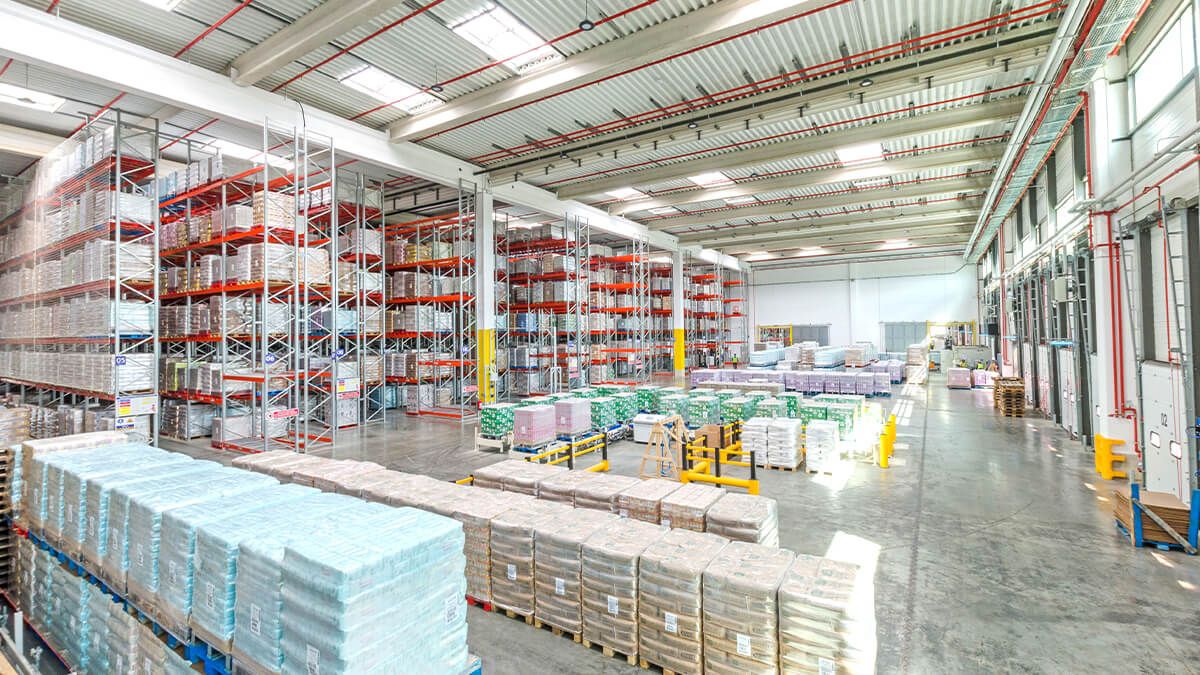
Advantages of efficient reverse logistics
Considering reverse logistics as a unique added value element for a company will have several advantages:
- Improved brand image: firstly, because the customer perceives that they are buying from a company with an excellent management and response capacity. And, secondly, because if the material or the product returned becomes part of a recycling or reuse chain, the users will perceive a respect for and commitment to the environment that is increasingly valued.
- Strict stock control: reverse logistics will require greater deployment of resources to ensure agile and clear inventory control, but this more stringent planning and control requirement will possibly result in less margin for error and unnecessary costs.
- Better customer service:a broader, faster response capacity will help the company to be better valued, thus capturing more customers and helping to retain current ones.
- Source of valued information:reverse logistics will help the company to understand and know better the customer, but also to have more and better information on the product that it sells. The return provides information which may prove valuable if the following is analysed: what type of product is returned more frequently (if several are marketed), why, what aspects can be improved about the product, what part of the process fails (the customer does not receive what they expected, the packaging is defective, the product arrives in poor condition, the delivery times are longer than desired...)
If you want to equip your warehouse or distribution centre with an appropriate storage solution for your reverse logistics, contact AR Racking here.






